Mission Statement
REACTOME is an open-source, open access, manually curated and peer-reviewed pathway database. Our goal is to provide intuitive bioinformatics tools for the visualization, interpretation and analysis of pathway knowledge to support basic and clinical research, genome analysis, modeling, systems biology and education. Founded in 2001, the Reactome project is led by Lincoln Stein of OICR, Peter D’Eustachio of NYULMC, Henning Hermjakob of EMBL-EBI, and Guanming Wu of OHSU.
The Reactome Project
Biological information has become so abundant and complex in recent years that it is difficult, if not impossible, even for expert individuals to manage in traditional publication formats and with existing knowledge management tools. It is an ongoing challenge for researchers to keep up-to-date on research developments in their fields, and identify relevant research to support their own studies without devoting too much time collecting unconnected information. The Reactome group has recognized this challenge and is developing a set of novel online resources that use features of the electronic media to organize biological pathway information in ways that provide for more efficient access and that allow new forms of analysis that were not possible with information stored in the traditional printed literature.
The cornerstone of Reactome is a freely available, open source relational database of signaling and metabolic molecules and their relations organized into biological pathways and processes. The core unit of the Reactome data model is the reaction. Entities (nucleic acids, proteins, complexes, vaccines, anti-cancer therapeutics and small molecules) participating in reactions form a network of biological interactions and are grouped into pathways. Examples of biological pathways in Reactome include classical intermediary metabolism, signaling, transcriptional regulation, apoptosis and disease. The Reactome curation process for a pathway is similar to the editing of a scientific review. An external domain expert provides his or her expertise, a curator formalizes it into the database structure, and an external domain expert reviews the representation. A system of evidence tracking ensures that all assertions are backed up by the primary literature.
The Reactome website is designed to literally give the user a graphical map of known biological processes and pathways that is also an interface which the user can ‘click through’ to authoritative detailed information on components and their relations. The Reactome database and website enable scientists, researchers, students, and educators to find, organize, and utilize biological information to support data visualization, integration and analysis. Reactome pathway, reaction and molecules pages extensively cross-reference to over 100 different online bioinformatics resources, including NCBI Gene, Ensembl and UniProt databases, the UCSC Genome Browser, ChEBI small molecule databases, and the PubMed literature database.
Reactome is used by clinicians, geneticists, genomics researchers, and molecular biologists to interpret the results of high-throughput experimental studies, by bioinformaticians seeking to develop novel algorithms for mining knowledge from genomic studies, and by systems biologists building predictive models of normal and disease variant pathways.
All data and software are freely available for download. Interaction, reaction and pathway data are provided as downloadable flat, Neo4j GraphDB, MySQL, BioPAX, SBML and PSI-MITAB files and are also accessible through our Web Services APIs. Software and instructions for local installation of the Reactome database, website, and data entry tools are also available to support independent pathway curation.
If you have any feedback or questions, please contact us at the Reactome HelpDesk.
